Heritage in a bottle
A visit to South Korean artisanal sauce maker Kisoondo is a step back in time

IT ISN’T OFTEN THAT YOU get to see history in the flesh. Especially in the form of a gracious matriarch who still lives in a family-owned hanok (traditional Korean house) and invites you to dinner for a taste of heritage that dates back more than 350 years.
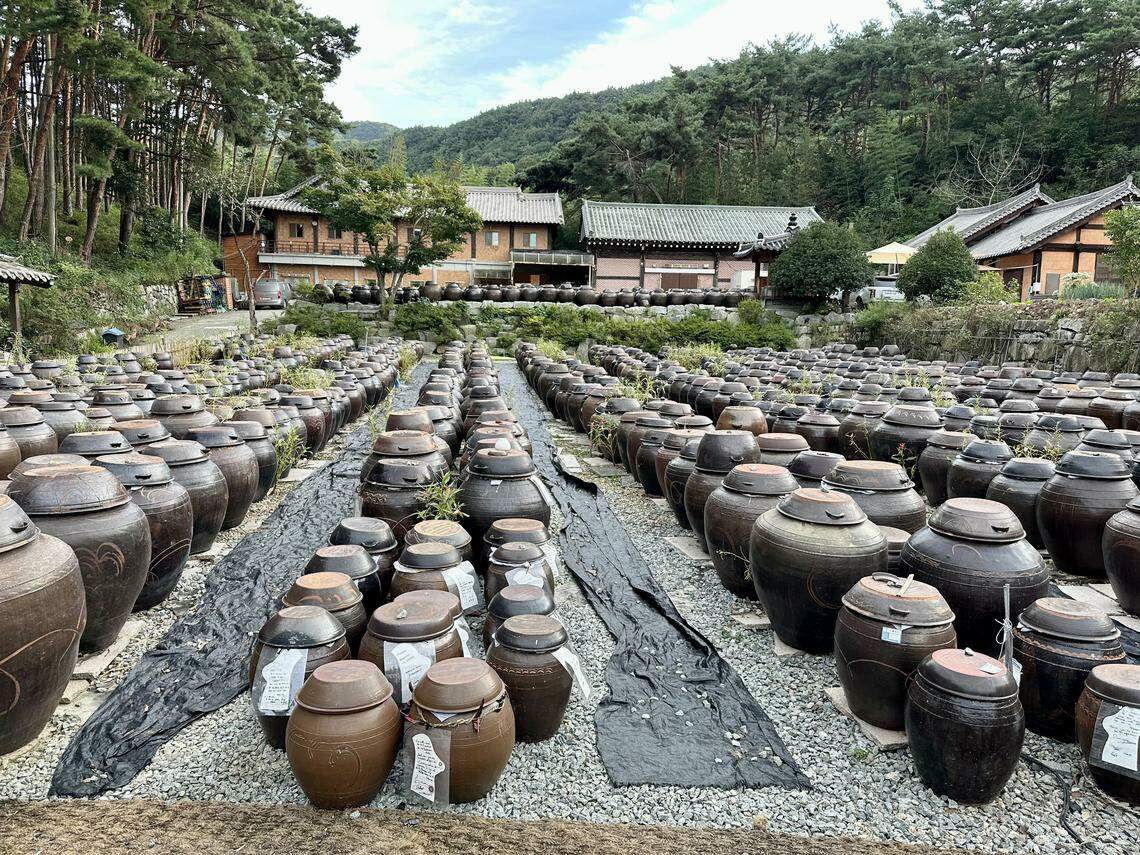
Ki Soon-do, whose name graces the bottles of artisanal soya sauce that her ancestors made before her, lives in Yucheon-ri – a small rural village in Changpyeong-meong, a three-and-a-half-hour drive from Seoul.
Changpyeong-meong is located in Jeollanam-do, a province also known as the larder of South Korea with its abundance of seafood, agriculture and greenery. The Kisoondo family home sits on a sprawling piece of land, with no neighbours except distant mountains, pine forests and some 1,000 clay jars known as onggi, standing in rows like stubby terracotta warriors silently guarding the precious brew within – an alchemy of soybeans, bamboo salt and water.
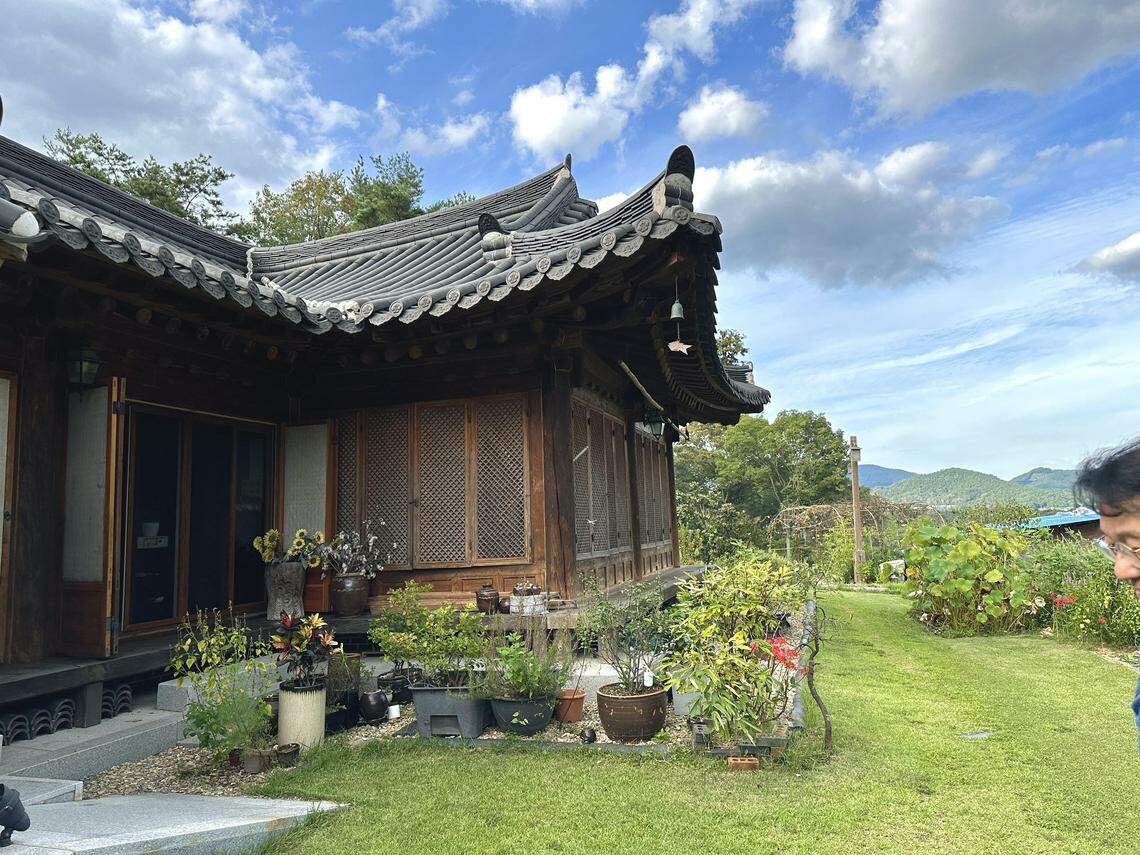
Kisoondo isn’t officially open to the public, but the matriarch regularly invites local and overseas chefs to visit. Here, they get to make their own customised soya sauce, albeit in smaller jars than the ones used for commercial sale. They learn how soybeans are boiled, mashed and pressed into blocks called meju, which are tied with straw and hung to dry to attract the good bacteria that kickstarts the fermentation.
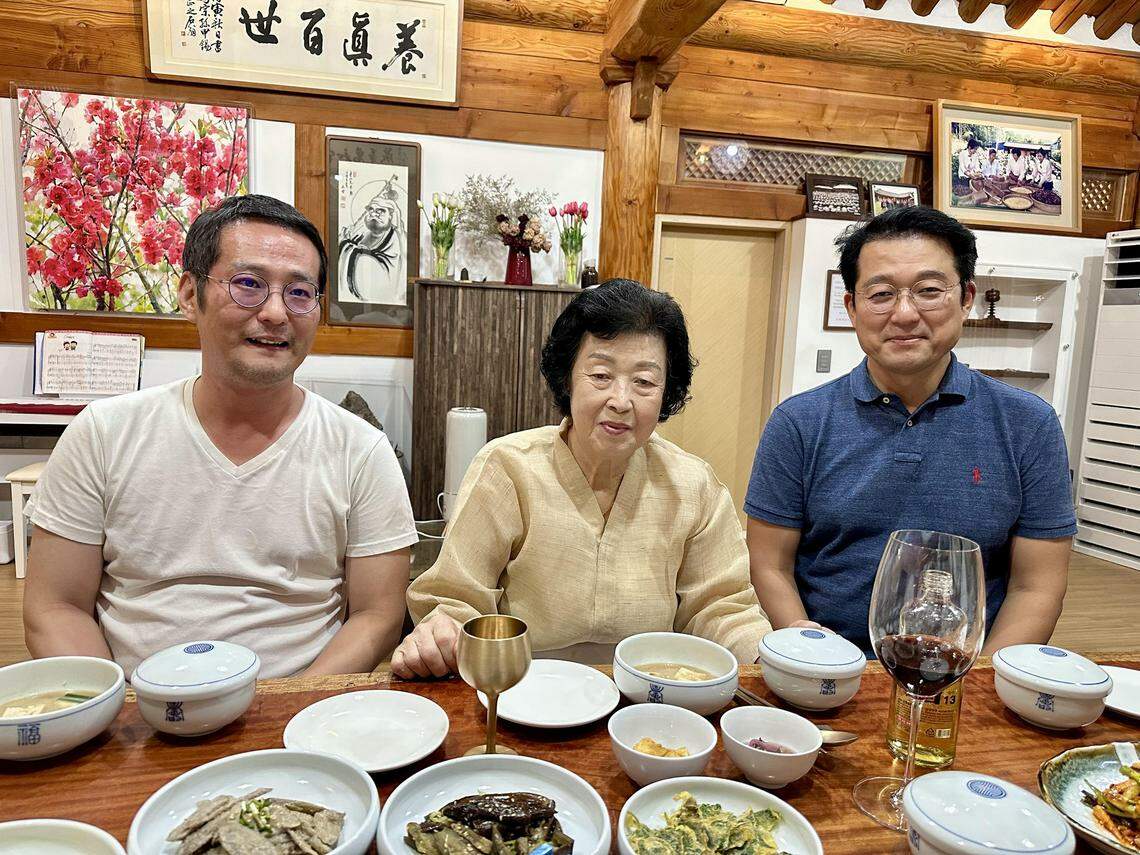
The blocks are placed in jars, along with water and house-made bamboo salt – sea salt which has been packed into bamboo harvested from the famed forests in Damyang county, and baked to infuse it with its trademark fragrance and mellow saltiness. Then the wait begins, and the chefs return after a year to see if their efforts have come to fruition. Success isn’t guaranteed because batches are known to spoil if mould seeps in. That’s why a successful brew can also be interpreted as a sign of good luck for the year ahead.
This time around, we’re with Korean chef Ryu Tae-hwan of the Seoul restaurant Ryunique – a locavore-inspired modern eatery that sources its ingredients from artisanal producers around the country. He’s here to check on his soya sauce, but true to the hospitality of Ki Soon-do – an affable, motherly figure who speaks no English but communicates through her generosity – work only starts after a round of sweet snacks washed down with sikhye, a mildly sweet fermented rice drink. Freshly cut fruit, sticky rice cakes and crispy puffed rice crackers are a scene right out of a Korean food documentary, with more food to follow when we are invited to stay for dinner.
GET BT IN YOUR INBOX DAILY

Start and end each day with the latest news stories and analyses delivered straight to your inbox.
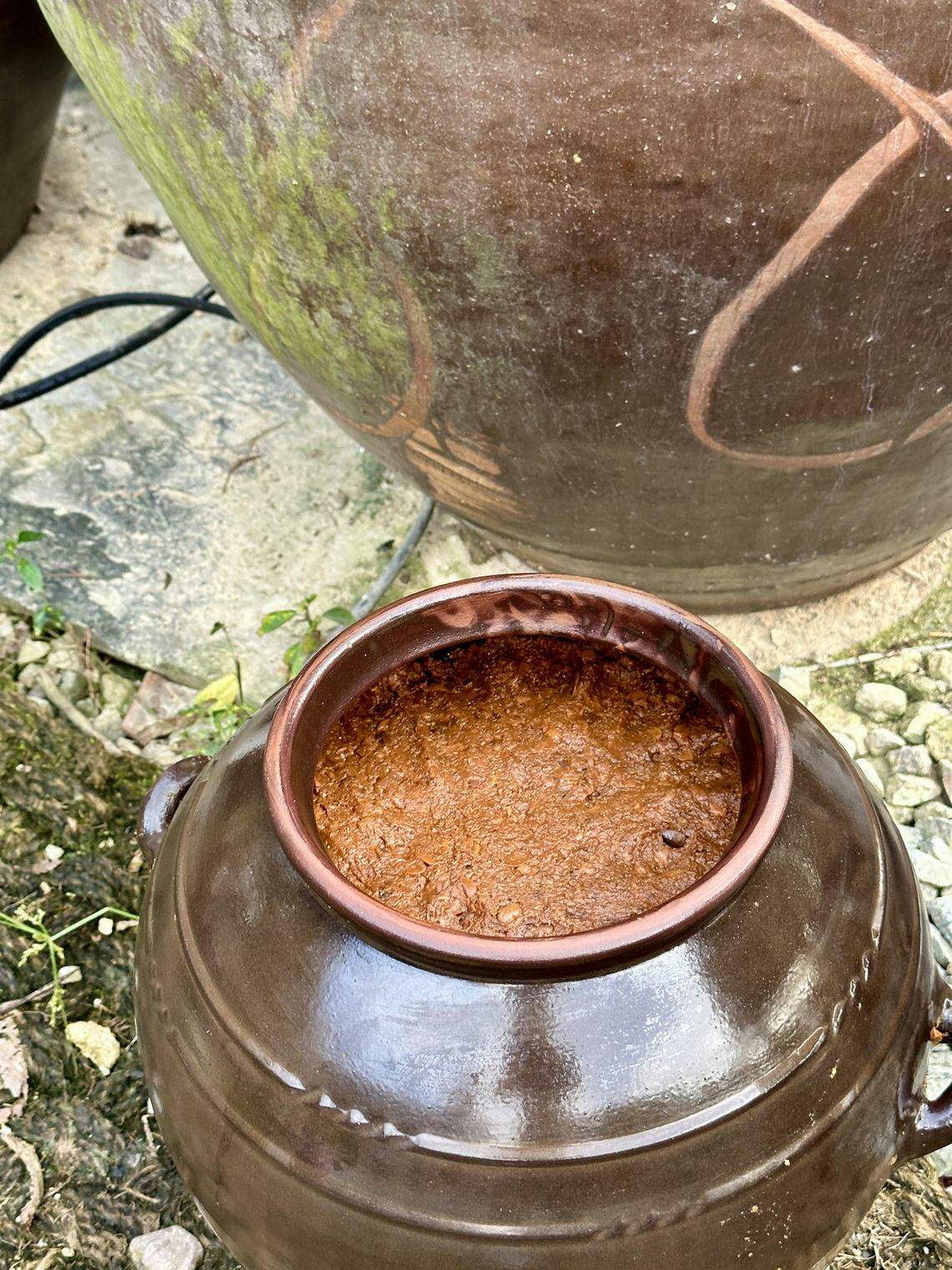
Out on the field, where the jars of sauce lay in different stages of fermentation, chef Ryu’s grand “opening” of his personal soya sauce is overseen by the matriarch herself, as other family members help to peel off the backing that covers the jar.

It’s a success. Glistening golden brown brew peeps from the opening, with blocks of well-aged soya beans that will be mashed and then repacked into the jar for further fermentation into soya bean paste. Meanwhile, the precious soy sauce will be bottled and served at Ryu’s restaurant.
The whole process is an eye-opening look at the rich history and traditions of South Korea, where artisans such as Ki Soon-do still exist to create the backbones of the country’s cuisine without succumbing to the pressures of commercialisation.
Even then, the Kisoondo brand is not one that’s closed off to the outside world. Its product line, which includes soya sauce aged from one to five years, gochujang and doenjang, is sold in high-end Seoul supermarkets and as far away as the US and even in Singapore. Yet, its heart remains firmly in place in this village in the middle of nowhere.
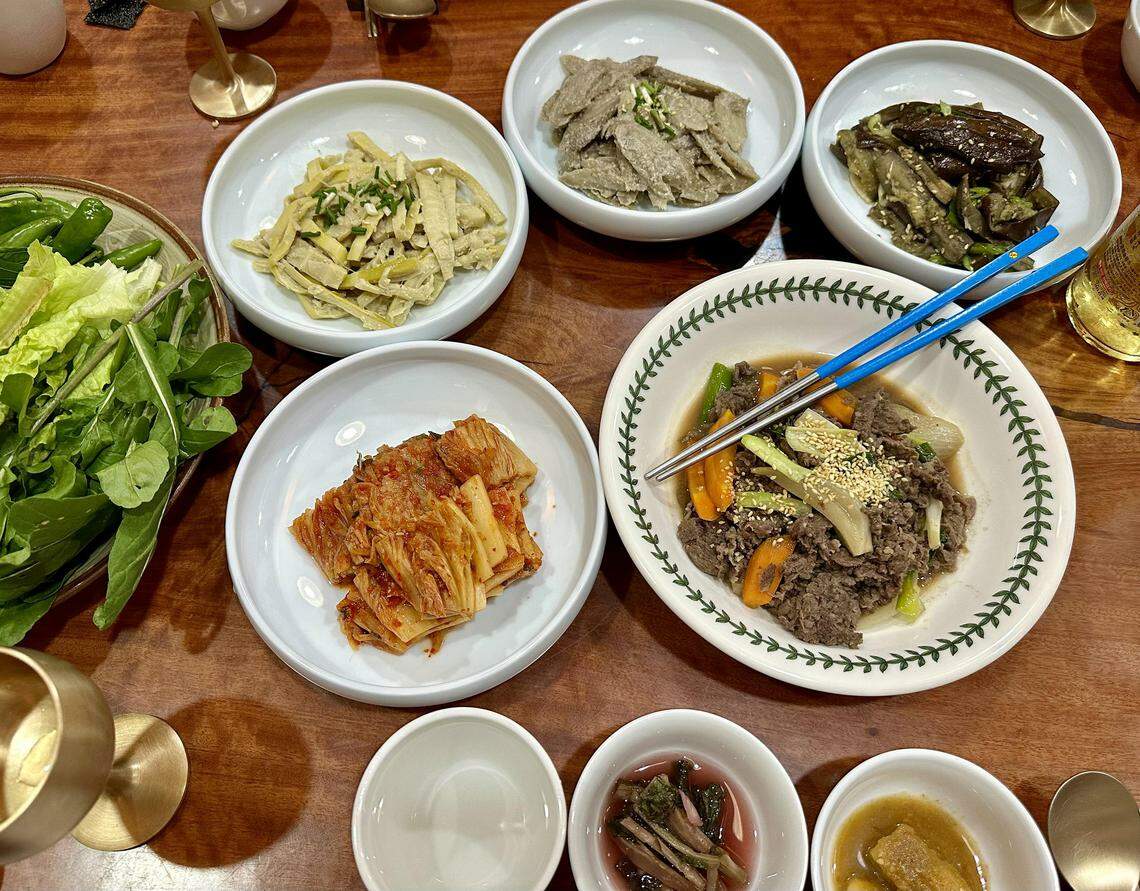
As dusk falls, an elaborate home-cooked dinner awaits, prepared with Kisoondo products – an achingly comforting tofu bean paste broth, eggy-battered vegetables, crispy seaweed, kimchi, banchan, stews and more. By the time everyone rolls out for an after-dinner stroll through the grounds, more awaits. There’s a roaring log-fire, more fruit, snacks and alcohol, and members of the family including the matriarch and her son, company president Ko Hoon-kuk, join in for conversation and camaraderie.
Against the cool night, with crickets chirping, a firefly or two dancing, lights from the house casting a very low glow over the field of jars, it’s a magical moment. There are no words to express the feeling you have, but just a newfound respect for these carefully protected traditions that withstand the test of time.
KEYWORDS IN THIS ARTICLE
BT is now on Telegram!
For daily updates on weekdays and specially selected content for the weekend. Subscribe to t.me/BizTimes
